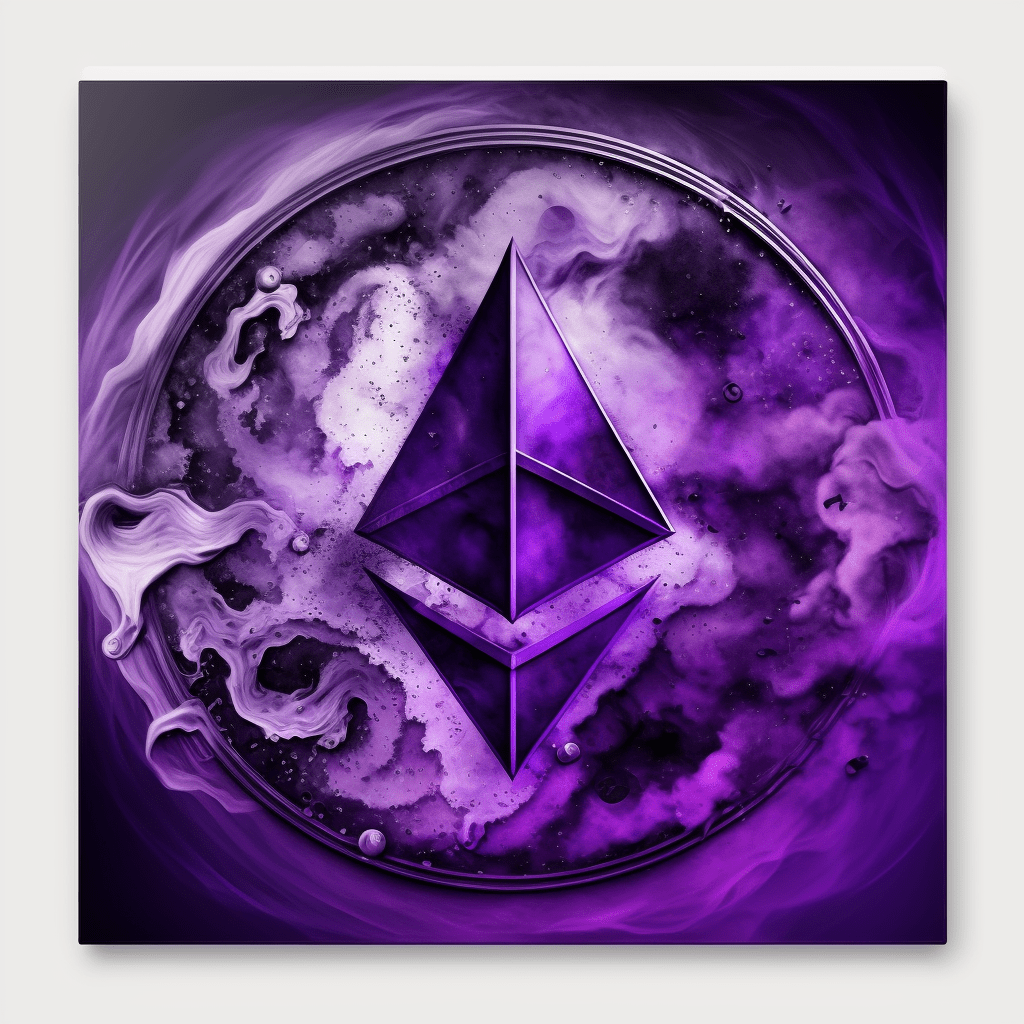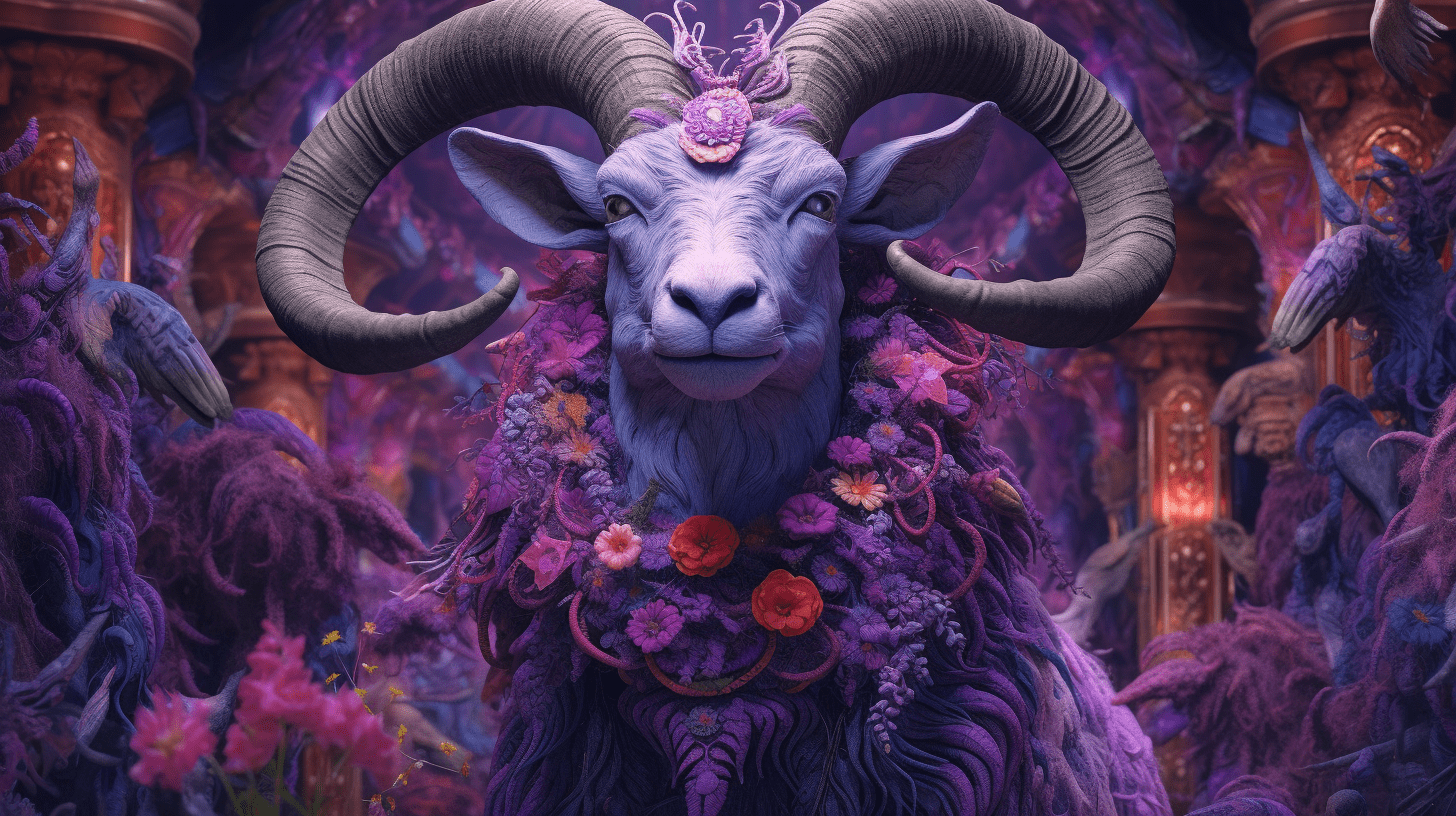Creating a single Non-Fungible Token (NFT) can be an exciting venture into the world of digital art and blockchain technology. But what if you’re looking to generate an entire collection of 10,000 unique NFTs? Whether it’s for an art series, a digital “pack” of collectible items, or even virtual real estate, the task might seem daunting. But don’t fret, by optimizing your workflow and leveraging the right tools and techniques, you can streamline the process of creating a large-scale NFT project. Here’s how you can create 10,000 NFTs without breaking a sweat.

Understand the Basics of NFT Generation
Before diving into the nitty-gritty of creating a large number of NFTs, it’s essential to understand what it entails. NFT generation involves two main steps – creating the artwork or asset and minting it on the blockchain. For a massive series of 10,000 NFTs, both aspects will require automation and optimization.
Harness the Power of Generative Art
Generative art is a method where you create an algorithm or a set of rules, and the artwork is generated based on those instructions. The output can be millions of unique pieces of art. This approach is perfect for large-scale NFT projects as it allows for the creation of a vast number of distinctive pieces without having to manually design each one.
There are several tools you can use to create generative art. For coding-based generative art, consider using Processing (Java-based) or p5.js (JavaScript-based). If you prefer a more visual approach, NodeBox or TouchDesigner might be more your speed.
Automating Asset Creation
Now, let’s look at automating the creation of your NFT assets. Tools like Photoshop offer automation scripts that can help you create multiple variants of your base artwork. The ‘Batch’ script, for example, allows you to apply the same set of actions to a group of files. Combine this with ‘Layer Comps’, and you can quickly create hundreds, if not thousands, of unique combinations from your base artwork.
Other tools like GIMP (GNU Image Manipulation Program) also provide batch processing capabilities that you can use for your NFT project. For 3D assets, software such as Blender or Cinema 4D can be used with Python scripts for automated and randomized creation.
Smart Contracts for Minting
Once you’ve generated your artwork or assets, the next step is minting them on the blockchain as NFTs. This is where smart contracts come into play. These are self-executing contracts with the terms of the agreement directly written into lines of code.
For large NFT collections, the standard approach is to deploy a single smart contract that can mint multiple NFTs. Tools like Truffle Suite can be used to develop and test your smart contract before deployment. The OpenZeppelin library offers secure and community-audited smart contract templates that you can use as a starting point.
Gas-Efficient Minting Strategies

Gas fees can be a significant consideration when minting a large number of NFTs. Ethereum’s gas fees, for instance, can be prohibitive for minting 10,000 NFTs all at once. A common workaround is to implement a ‘lazy minting’ strategy, where the NFTs are minted only when they are bought or claimed. This approach can significantly reduce your upfront costs.
Another strategy is to opt for Ethereum layer 2 solutions like Immutable X or other blockchains like Binance Smart Chain or Tezos, which have lower gas fees.
Collaboration and Project Management
Creating 10,000 NFTs is no small feat, and it’s likely you’ll be working with a team. Clear communication and organization will be crucial for the smooth execution of your project. Tools like Trello, Asana, or Monday.com can help manage your workflow and ensure everyone stays on the same page. If you’re working with developers, platforms like GitHub can help manage and track changes in your code.
Test, Test, Test
When it comes to deploying a smart contract or launching an NFT collection, there’s no such thing as too much testing. Remember, once a smart contract is deployed, it can’t be changed. Use test networks such as Rinkeby or Kovan to check your smart contract thoroughly before the mainnet deployment. Also, test your art generation scripts multiple times to ensure they’re producing the desired outputs.
The Road to Successful Launch

Finally, remember that creating your NFTs is just part of the journey. Building hype around your collection, engaging with your community, and planning a successful launch are also essential parts of the process. Leveraging social media platforms, creating a dedicated website, and perhaps even planning virtual events in spaces like Decentraland or Cryptovoxels can all contribute to a successful launch of your NFT collection.
After all, the joy of creating 10,000 NFTs isn’t just about the creation process. It’s about seeing your work out there in the world, being enjoyed and valued by others.
Crafting a collection of 10,000 NFTs might seem like a herculean task, but with the right tools, optimized workflows, and a pinch of creativity, you can make it happen. So start exploring, dive deep into the sea of possibilities, and most importantly, have fun in the process.
